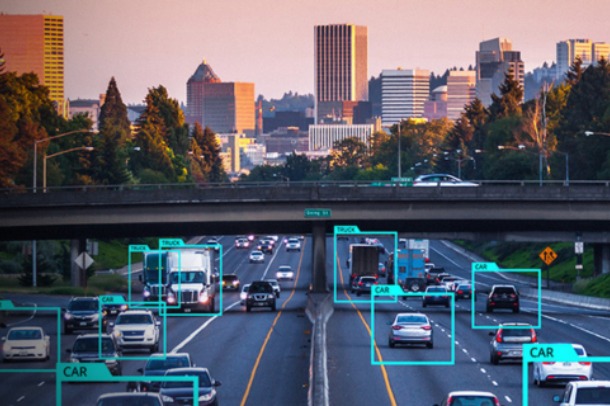In today’s fast-paced and security-conscious world, CCTV monitoring has become a vital part of protecting homes, businesses, and public spaces. With rising concerns about theft, vandalism, and safety, real-time surveillance systems offer peace of mind and a proactive approach to risk management. In this blog, we’ll explore what CCTV monitoring is, how it works, its benefits, and why it’s a must-have in today’s security landscape.
What Is CCTV Monitoring?
CCTV (Closed-Circuit Television) monitoring refers to the use of video cameras to transmit a signal to a specific set of monitors, where trained personnel observe activity in real time or review recordings. Unlike traditional passive systems, modern CCTV monitoring often includes remote access, intelligent alerts, and 24/7 surveillance by professional security teams.
How Does CCTV Monitoring Work?
1. Camera Installation
CCTV cameras are strategically placed in and around a facility to capture clear footage of important areas—entry/exit points, hallways, lobbies, parking lots, etc.
2. Video Transmission
Live video feeds are transmitted to monitors at a central control room or security center, either on-site or remotely via the internet.
3. Live Monitoring
Security personnel continuously watch the feeds for suspicious activity, intrusions, or emergencies. Some systems use AI-based tools to detect motion, unusual behavior, or unauthorized access.
4. Recording and Storage
All footage is recorded and stored securely for future reference or investigation, typically on local servers or cloud storage.
Benefits of CCTV Monitoring
1. Crime Prevention and Deterrence
Visible surveillance cameras discourage criminal behavior such as theft, trespassing, or vandalism.
2. Real-Time Response
Live monitoring allows immediate action—whether alerting law enforcement, sounding alarms, or dispatching on-site security.
3. Evidence Collection
CCTV footage provides critical evidence during police investigations, insurance claims, or legal disputes.
4. Employee and Customer Safety
Monitoring public areas and workspaces helps ensure a safe environment for staff and visitors.
5. Remote Access and Control
Modern CCTV systems allow business owners to monitor their property from anywhere using mobile apps or web dashboards.
6. Operational Oversight
Managers can use CCTV to ensure productivity, customer service quality, and compliance with safety protocols.
Industries That Rely on CCTV Monitoring
- Retail Stores: Prevent shoplifting and monitor customer behavior.
- Warehouses: Secure valuable inventory and track deliveries.
- Banks and ATMs: Monitor suspicious activity and ensure staff safety.
- Hospitals and Clinics: Ensure patient safety and protect equipment.
- Offices and Corporates: Prevent unauthorized access and protect sensitive areas.
- Educational Institutions: Monitor campus activity and deter bullying or vandalism.
Smart Features in Modern CCTV Systems
- Motion Detection Alerts
- Facial Recognition
- License Plate Recognition
- Cloud Storage & Backup
- Night Vision Cameras
- AI-Powered Incident Detection
Choosing the Right CCTV Monitoring Partner
When selecting a CCTV monitoring service, consider:
- 24/7 live monitoring capabilities
- Fast response time
- Experienced and trained staff
- Data privacy and secure storage
- Integration with alarms and access control systems
Conclusion
CCTV monitoring is no longer just a luxury—it’s a necessity in today’s security landscape. Whether you’re protecting your home, business, or community, real-time surveillance offers a powerful combination of deterrence, visibility, and immediate response. Investing in a professional CCTV monitoring system means you’re not just watching — you’re staying one step ahead.

